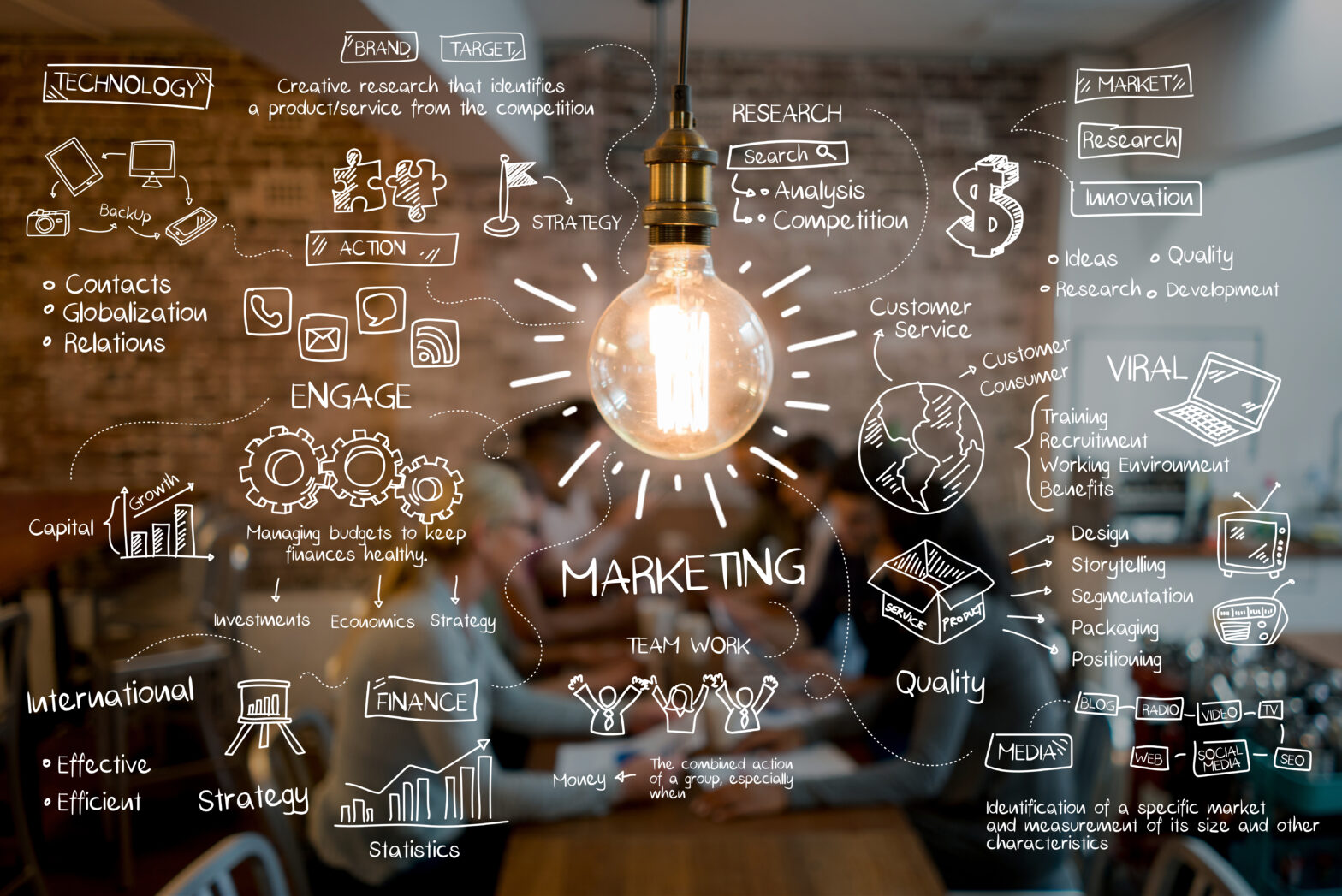Running a start-up comes with a number of challenges at every stage of the process. Founders have so much on their plate that it isn’t surprising that on occasion, they can take their eye off the ball with regard to the customer experience.
Coming up with the right idea, securing funding, creating a product and building a customer-base are all hugely demanding, but failing to deliver a joined-up and seamless customer journey can have serious consequences for any brand.
The processes and technology deployed at start-up level do not always scale effectively beyond a certain size, but why else do start-ups sometimes get into such difficulty with the customer experience? And what can they do to address this before it becomes a real issue?
No surprise that start-ups struggle
Most start-ups and high-growth companies are based on their founder’s personal vision. This will include the founder’s view of the potential customers for the business and what service will be delivered to those customers. And most business models are based on what’s needed to get started (small in terms of scale) and the founders’ own ability to attract investment to get started.
If the business idea is good one, then there won’t be too many customer experience problems initially. Business leaders often make assumptions about aspects of their business and in the early-stages probably get that right more often than not.
But business models need to evolve and change as the business itself begins to scale. The same applies to the processes and technology, all of which can require further investment. This in itself is a challenge, with many start-ups nearing operational melt down before further investment is made by VC / PE investors.
So the founders of high-growth firms really need to think about customer experience at all of the following four stages of their business’ evolution:
- Proof of concept or the pilot stage
- Launch (sometimes with limited resource, structure and tools)
- Early Life 12/24 months of the business. Start selecting enterprise tools and technology; make key decisions around outsourcing and partnering.
- Scale stage -Target operating model systems and processes in place – this being an iterative process – implementing this is probably dependent upon second round VC / PE / other investor funding.
But even if investment is secured, some founders lack the skills and leadership experience to manage their own companies effectively as they scale. Customer Experience can become a casualty during this period.
Finally, the actual customer experience is often impacted indirectly by third parties in the start-ups’ supply chain. So if a consumer doesn’t get an online purchase delivered, they blame the brand they purchased from, although the fault may well lie with the delivery firm used by that brand.
Addressing any problems
While blaming a brand for what is a third party’s fault is to an extent unfair, it is indicative of how managing and maintaining a good customer experience can get away from a high-growth company. The first point in addressing this is to think like a consumer, not a founder. If the delivery you ordered was late, how would you react and who would you blame?
That switch in mind-set can be of real value, as can paying close attention to what your early customers tell you. They will have been along for the ride since launch, so giving them a platform to give feedback, and paying attention to that feedback will give fair warning if the customer experience is starting to dip. High-growth companies should also not be afraid to look what their competitors are doing. Even the most disruptive of start-ups have more established competition and looking at what they do well can be brought into their own customer experience.
Most customer experience issues relate to a company’s self-imposed complexity, misaligned commercial and service goals or an inability to understand the ‘extended enterprise’ that touches the customer.
But these customer experience shortcomings born out of early success are nothing to be ashamed of. It happens to many high-growth companies and the key is to have a plan to fix them quickly. Ignoring such issues the more the business scales, not only make them harder to fix but mean culturally they become the norm with your organisation.







